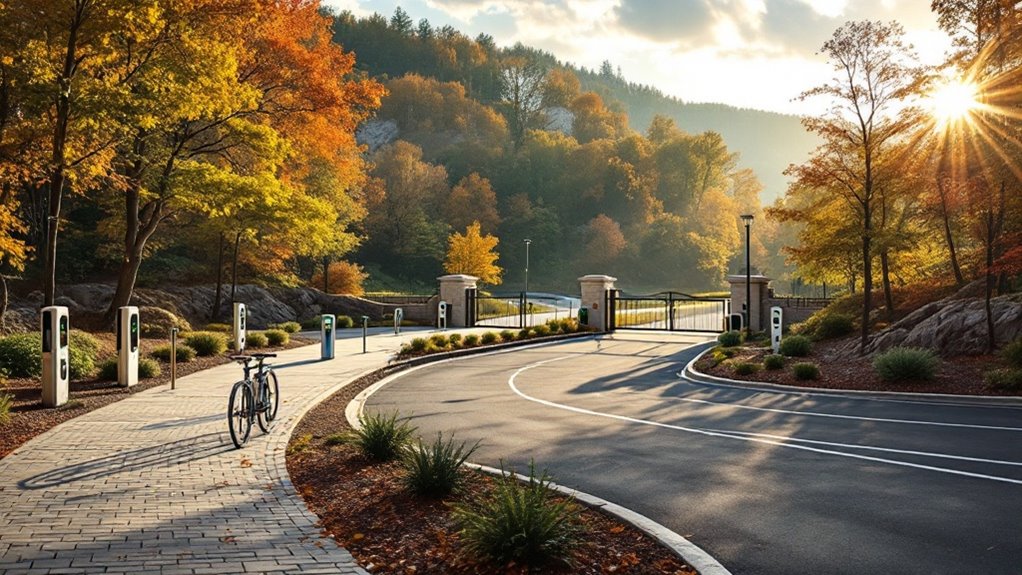Thousands of Niagara residents continue to struggle with housing affordability as regional initiatives seek to address the growing crisis. Over 5,500 families currently wait for rent-geared-to-income housing, forcing many to live in substandard rentals, shelters, or temporary accommodations with friends.
Affordable housing, defined as costing less than 30% of pre-tax income, remains out of reach for numerous households. The shortage has led to creative but concerning solutions, such as the use of motel units along Lundy’s Lane in Niagara Falls as makeshift housing.
The affordability crisis forces desperate solutions, turning roadside motels into last-resort housing for struggling families.
Niagara’s Housing and Homelessness Action Plan, a 10-year initiative ending in 2023, focused on housing the homeless, helping people keep their homes, and expanding affordable options. The plan’s collaborative working groups have made progress through targeted programs and services.
Recent successes include Assertive Street Outreach efforts, which helped 264 individuals access emergency shelters and housed 164 unsheltered people in 2023. This work is vital as families experiencing homelessness face increased risks for illness, violence, and family breakdown. New affordable housing developments are also appearing across the region.
These developments include 43 units for seniors and families in Welland and 41 units targeting seniors and single mothers in Port Colborne. The Park Street Market project in Niagara Falls promises 200 mixed-affordability units that will remain affordable for at least two decades.
Transitional and supportive housing programs offer another solution. Organizations like Bethlehem Housing provide temporary and permanent affordable housing with additional services such as life skills training. The YWCA’s West Niagara Affordable Housing program helps residents achieve self-sufficiency within three years.
These interim programs boast impressive results, with a reported 95% of residents remaining stably housed after one year of support. Facilities like Oakdale Commons in St. Catharines offer both emergency and transitional housing with access to employment counseling, legal aid, and mental health resources.
Local governments are also taking action. Fort Erie’s Affordable Housing Improvement Plan offers substantial grants to incentivize development, while provincial efforts encourage higher-density housing along transit corridors to meet Niagara’s growing housing demands, particularly for single-person households.
As housing needs evolve, local and provincial efforts are shaping more inclusive, accessible communities. Discover how other Niagara municipalities are responding on Marketplace Niagara.









